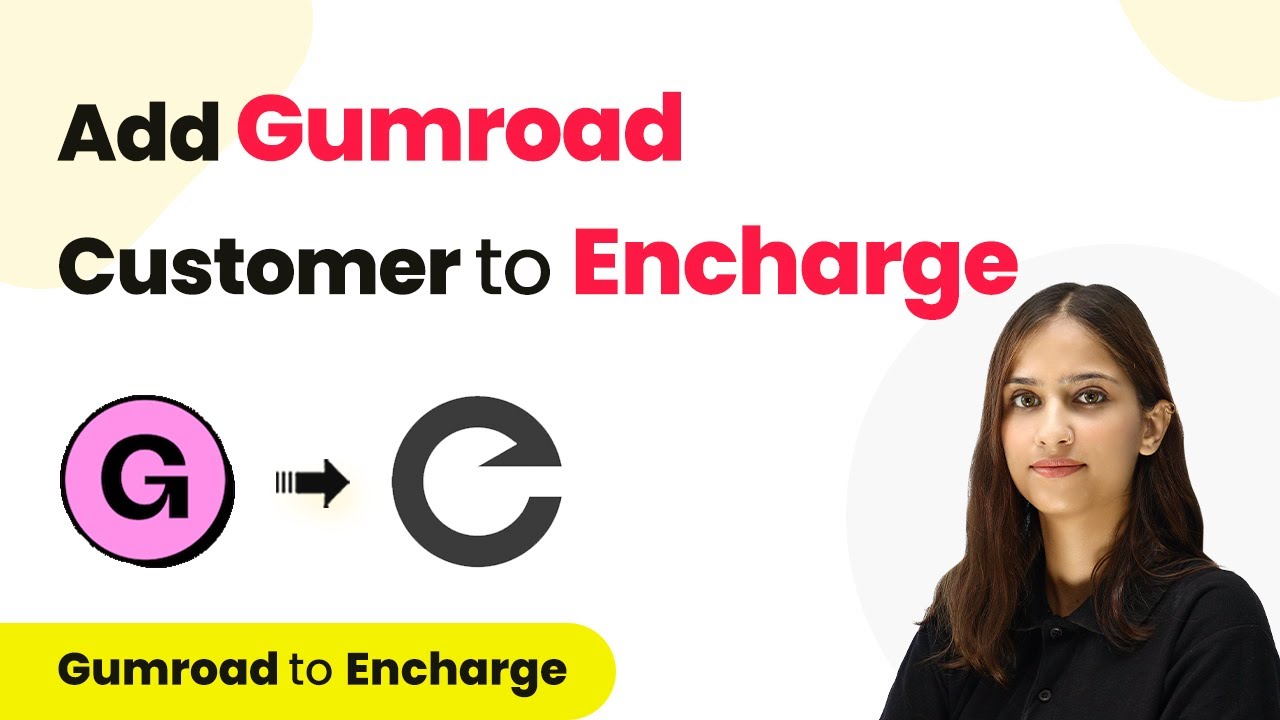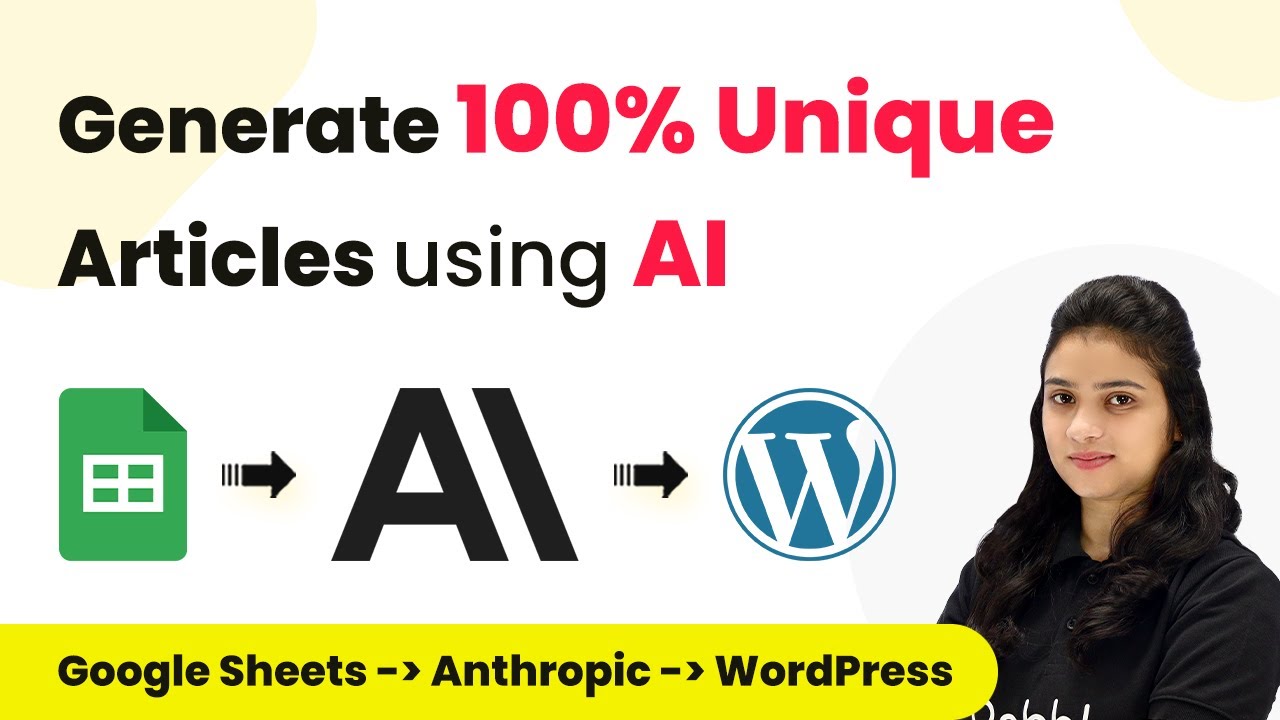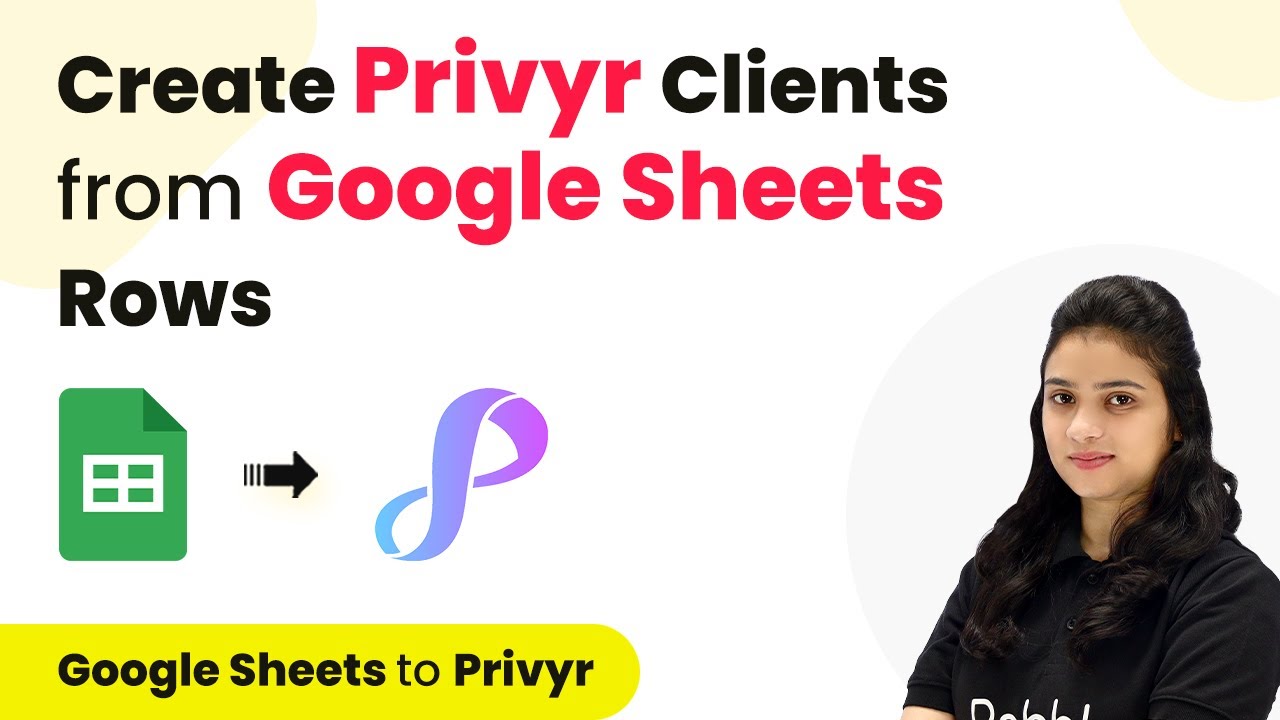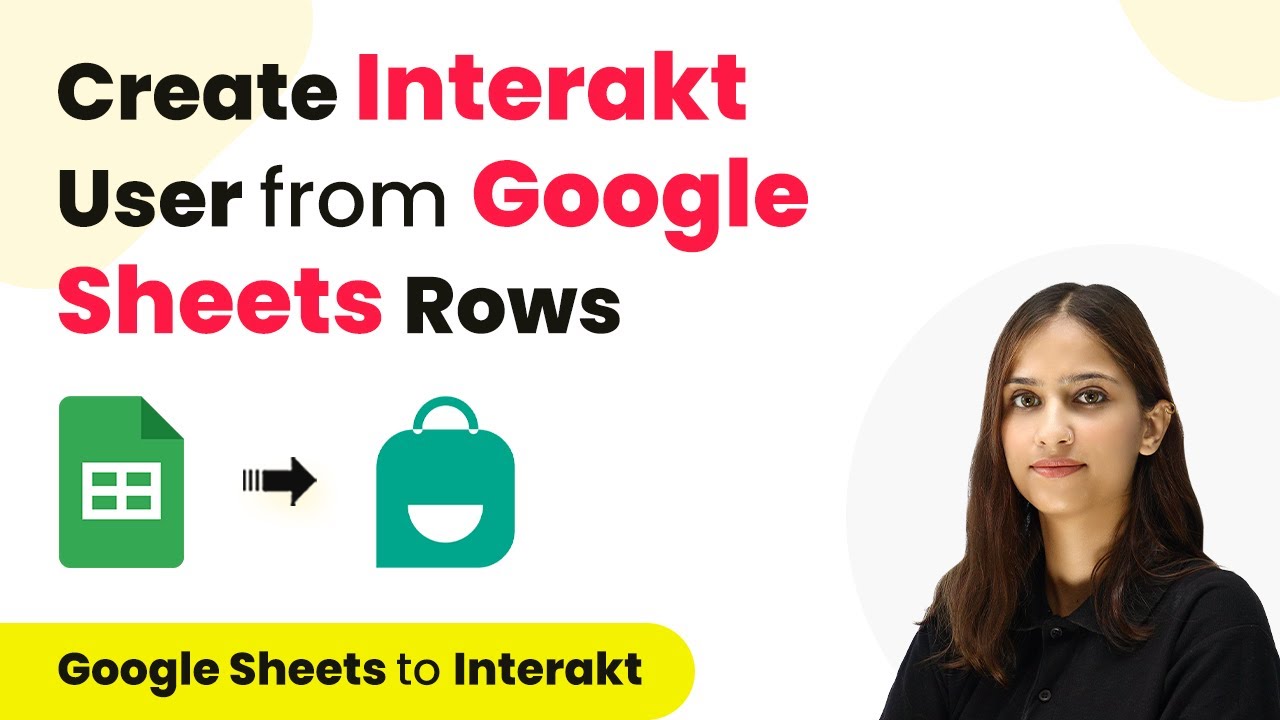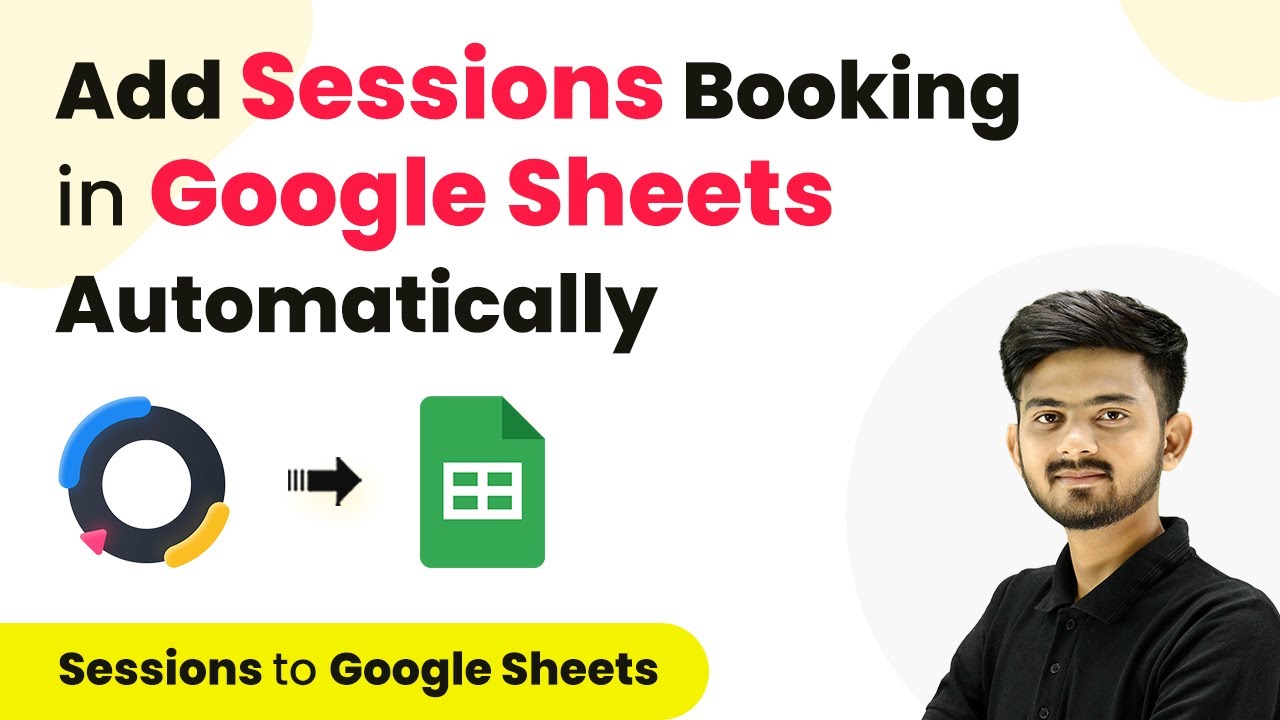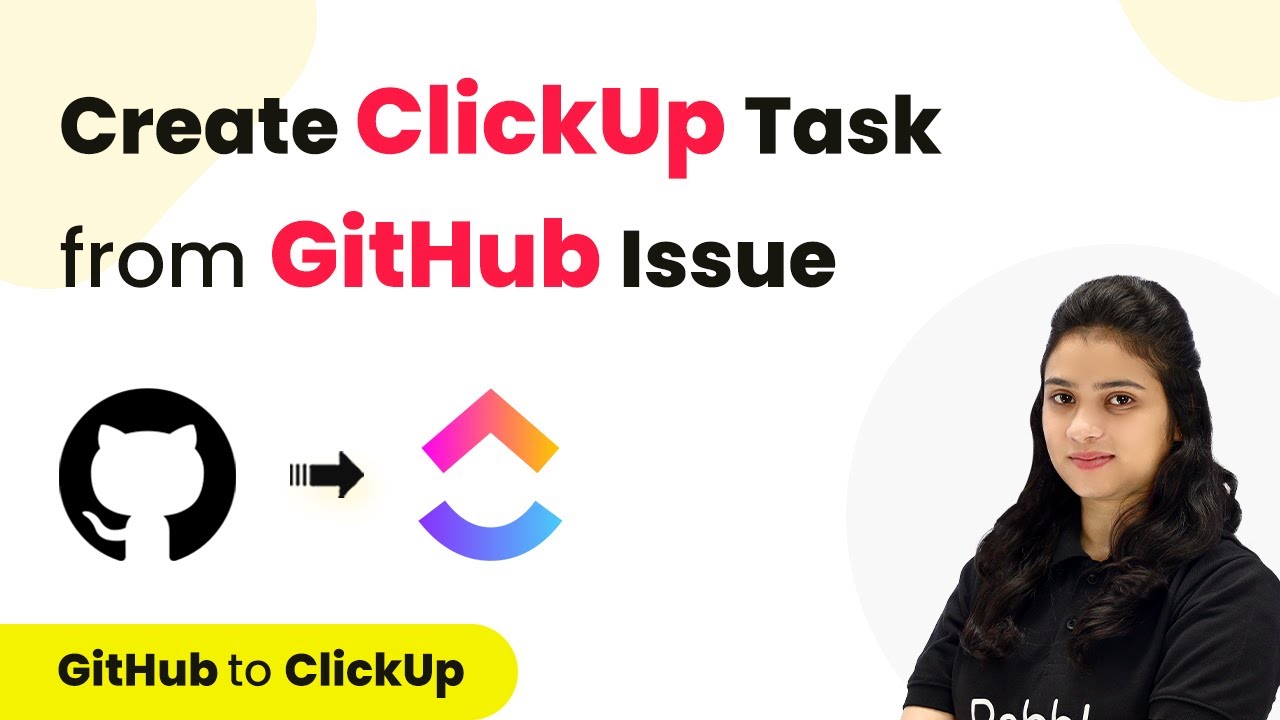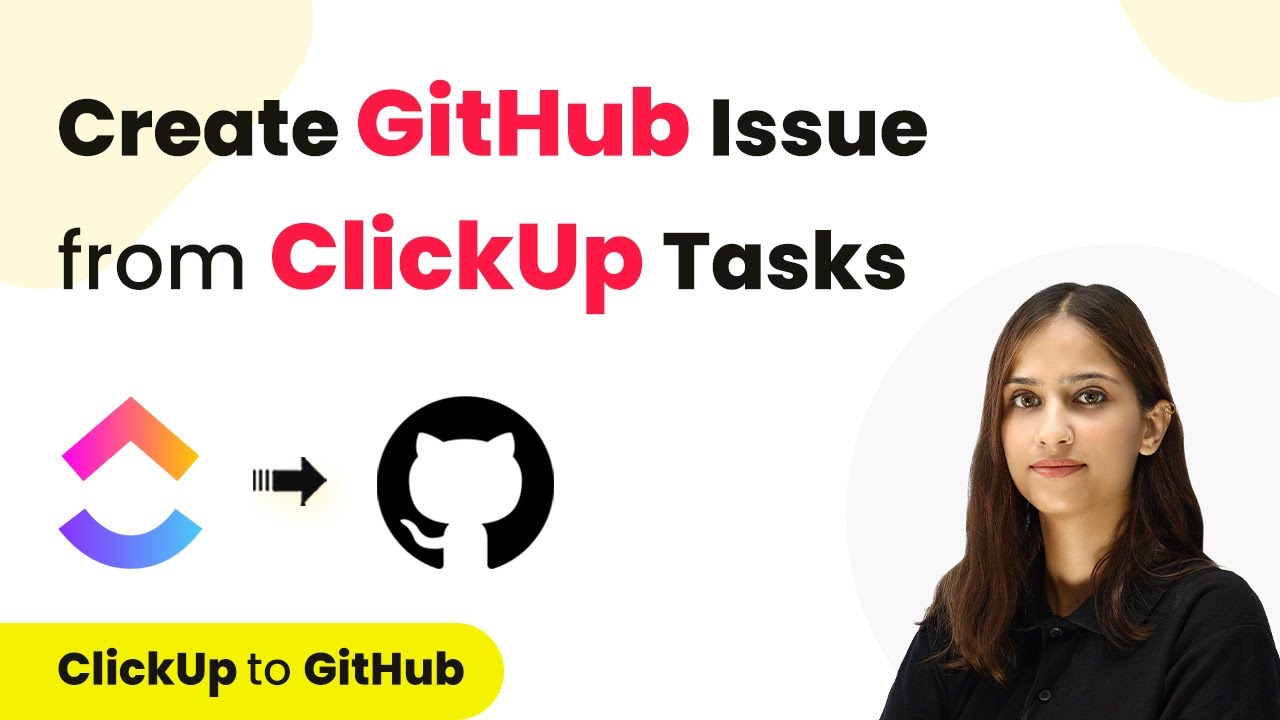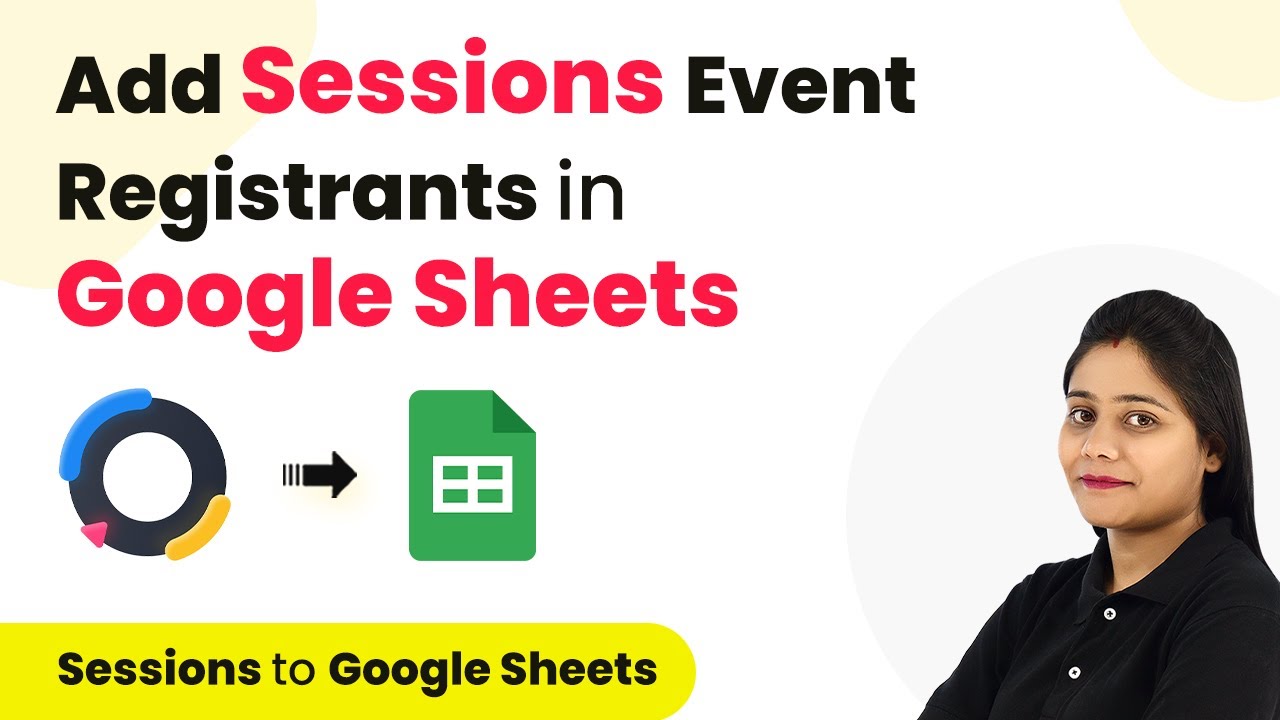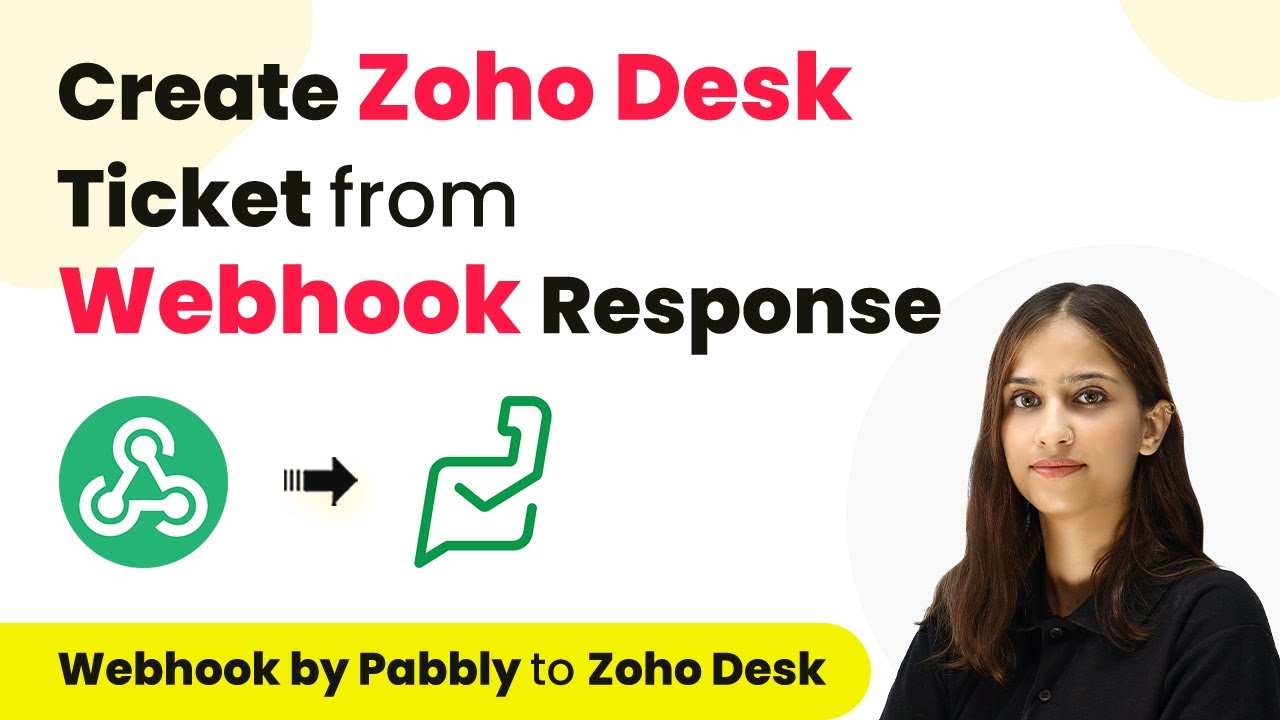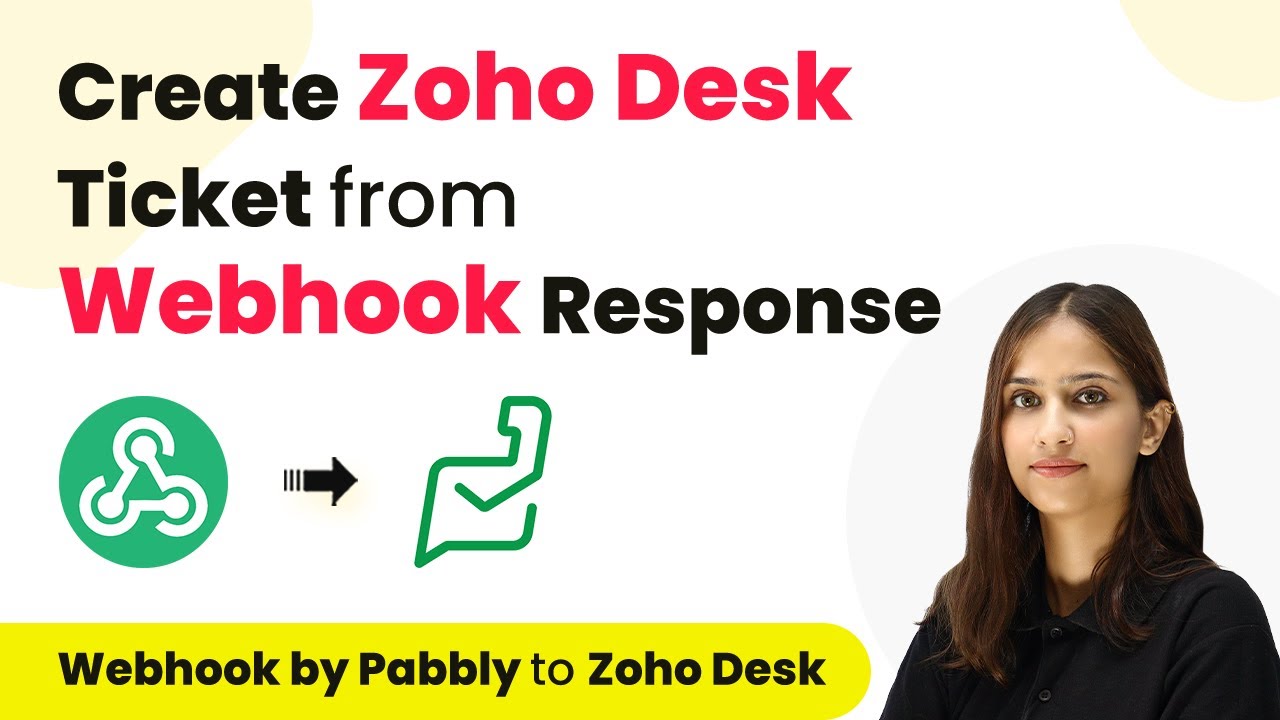Learn how to automate adding new persons in Encharge from Gumroad sales using Pabbly Connect. Follow this detailed tutorial for seamless integration. Transform complex automation concepts into accessible, actionable steps that eliminate unnecessary manual work while maximizing existing application capabilities.
Watch Step By Step Video Tutorial Below
1. Access Pabbly Connect for Integration
To add a new person in Encharge from a Gumroad sale, you’ll first need to access Pabbly Connect. This platform allows you to integrate different applications seamlessly. If you’re a new user, click on the sign-up button to create an account and get 100 free tasks each month.
Once you’re logged in, navigate to the Pabbly Connect dashboard. Here, you can create a new workflow by clicking on the ‘Create Workflow’ button. Name your workflow ‘Add New Person in Encharge from Gumroad Sale’ and save it in the relevant folder. This setup is essential for automating the process of adding new customers from Gumroad to Encharge.
2. Setting Up the Trigger in Pabbly Connect
In this step, you will configure the trigger application, which is Gumroad. Select Gumroad as your trigger application and choose the trigger event as ‘New Sale’. This event will initiate the workflow whenever a new purchase is made in your Gumroad account.
- Select Gumroad as the trigger application.
- Choose ‘New Sale’ as the trigger event.
- Copy the provided webhook URL for integration.
After selecting the trigger event, copy the webhook URL provided by Pabbly Connect. You will need to paste this URL into your Gumroad settings to establish the connection. This setup ensures that every new sale on Gumroad will trigger the workflow in Pabbly Connect.
3. Configuring Gumroad for Integration
Now that you have the webhook URL, go to your Gumroad account settings. Under the Advanced settings, locate the Ping section. Here, replace the existing webhook URL with the one you copied from Pabbly Connect. Click on ‘Update Settings’ to save the changes.
Once the webhook is updated, Pabbly Connect will start waiting for a response from Gumroad. To test the integration, make a test sale on Gumroad. Enter a dummy email, name, and address, then complete the purchase. This test will validate that the connection is working correctly.
4. Adding New Person in Encharge
With the test sale completed, return to Pabbly Connect. You should see the details of the sale captured in the workflow. Next, you’ll set up the action application, which is Encharge. Search for Encharge and select it as your action application.
Choose the action event as ‘Add or Update Person’. You will need to connect your Encharge account to Pabbly Connect. Click on ‘Connect’, and authorize access to allow Pabbly Connect to manage your Encharge account. This step is crucial for ensuring that new customers are added automatically.
- Map the email, first name, and last name fields from the Gumroad sale details.
- Ensure to map the shipping address, city, and country correctly.
- Click on ‘Save and Send Test Request’ to verify the integration.
Once you click ‘Save and Send Test Request’, check for a positive response indicating that a new person has been created in Encharge. This confirms that the integration is successful, and every new sale on Gumroad will now automatically add customers to your Encharge account.
5. Conclusion
In this tutorial, we explored how to automate adding new persons in Encharge from Gumroad sales using Pabbly Connect. By following these steps, you can ensure seamless integration between your sales and customer management systems. This automation not only saves time but also enhances your efficiency in managing customer data.
Ensure you check out Pabbly Connect to create business automation workflows and reduce manual tasks. Pabbly Connect currently offer integration with 2,000+ applications.
Check out Pabbly Connect – Automate your business workflows effortlessly! Sign Up Free – Start your journey with ease! 10,000+ Video Tutorials – Learn step by step! Join Pabbly Facebook Group – Connect with 21,000+ like minded people!
Utilizing Pabbly Connect for this integration allows you to streamline your workflow, ensuring that every customer purchase is captured and updated in real-time. Start integrating today and improve your operational efficiency!
